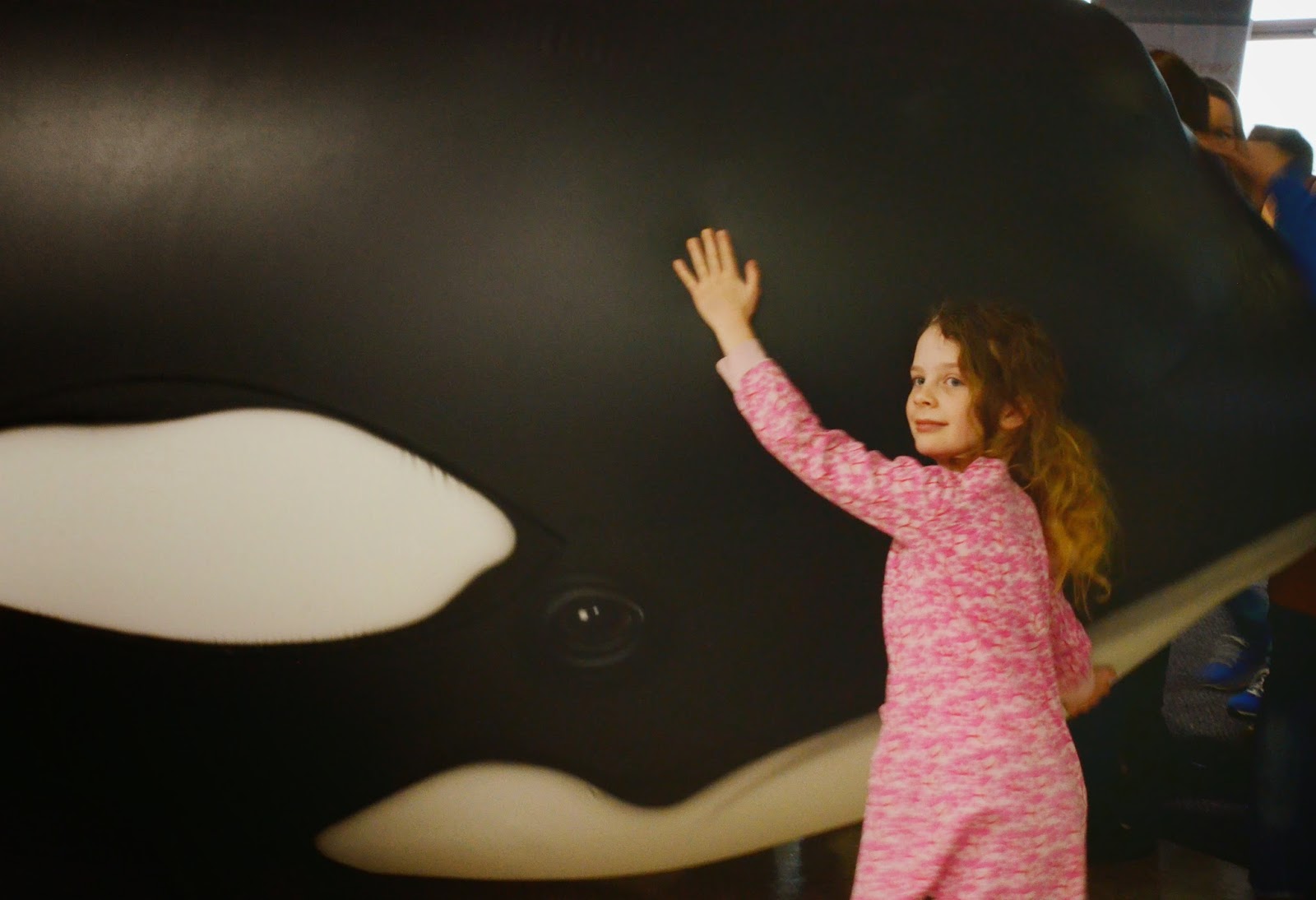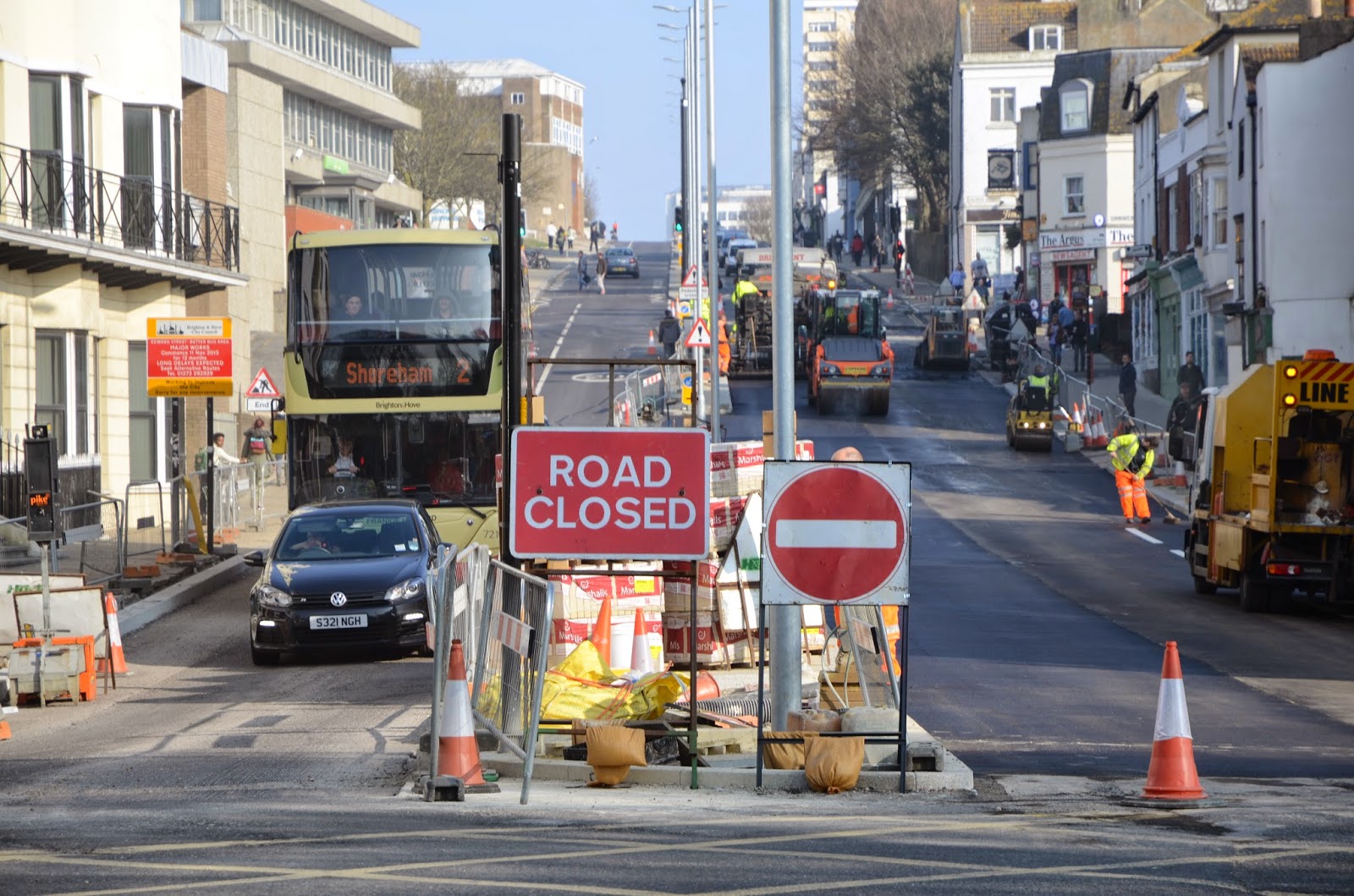'Cultural imaginaries&landscape photography' is generally employed to make people construct narrative by themselves, using their brains not eyes. As well, that is important to feel background, to see it not just like decoration but like an actor who can play and mean something without humans and their activities. Landscape as usual is applied to tell story about environment and its mysteries and complications. Due to such people's connotation, i am planning to apply it in the final project.
Photography
Sunday, 12 April 2015
Short history of photography
Without no doubt, photography as a media is developed extremely fast and unpredictable. For me, it was surprising to know some facts about its history. The first thing is that previously photography was considered by individuals as science rather than art. The probable explanation, which i see, is that the word itself suggests drawing with the light or creation shape of the light. To put is differently, awareness of the camera's settings, lighting and geometric rules are crucial if a person want to be a photographer. But simultaneously, each image should contain social, political or cultural message to transmit. Because of this photography was reconsidered as art. During this term, i tried to apply my theoretical knowledge of photography and its history to develop practical and aesthetic skills with generating meaning that i would like to bring through specific style.
Friday, 3 April 2015
WhaleFest (2015) in Brighton
To start with, i was lucky enough to participate as photographer in WhaleFest, the biggest event of its kind, that gives dolphins and whales more powerful voice. The first thing that will be discussed is that occasion took place inside building hence at first i experienced problems with camera settings as images were too dark. As a result, i was changing ISO from 2400 to 3200 to get enough light. Then, i figured out that to produce photographs on such popular and big event can be complicated because many people in shots were moving all the time. Consequently, some pictures were blurred at first but then i get used to work in fast-paced environment and did not have complications anymore. To conclude, it was useful experience, which was one of the way to inculcate photography in my life.
Monday, 30 March 2015
Imaginary Landscape in Photoshop
In order to get this image i used some tools in Photoshop. I thought that photograph can be more eye-catching if i create contrast by adding more warm tints to sky as ground is an example of cold shades. Naturally, i found how to modify certain parts of digital-capture on University Website. Although there were more tutorials about combinations of some objects from different pictures in generation of new one when i tried, it did not work well as one imaginary landscape. So i stopped at image shown below where i selected sky and modified its color.
Reference:
https://studydirect.sussex.ac.uk/course/view.php?id=21542&topic=7 (Accessed: 3 April 2015)
Project Development: Mind Map/ Research on the theme and Conceptual Exploration
Mind Map
Research on the theme and Conceptual Exploration
‘I attempt, through much of my work, to animate all things - even so-called 'inanimate' objects - with the spirit of man. I have come, by degrees, to realize that this extremely animistic projection rises, ultimately, from my profound fear and disquiet over the accelerating mechanization of man's life. The creative photographer imparts humanity to the inhuman world around him’ (Clarence John Laughlin, cited in Tudge, 1999, p. 162).
I like this citation because it totally reflects on what i attempt to achieve in my project. I want nature, particularly trees, will be seen as something alive that has its strong power to resist destruction, which is so common in our world.
As a matter of fact, photographers seek out landscapes in which human activities are devoted to technological development and Industrial Capitalism (Deriu et all, 2014). Because of this, as a part of my research i intend to go to the building work to observe how things are going on there and what i can depict for the project.
Reference:
Deriu, D., Kamvasinou, K. and Shinkle, E. (2014). Emerging Landscapes. Farnham: Ashgate Publishing Ltd.
Tudge, C. (1999) 'Planet (Photography, ecology, world culture)', Index on Censorship, 28 (6), pp. 162-181. [online] Available at: http://ioc.sagepub.com/content/28/6/162
Presentation 4: Circulation and Authorship of the photo-image/ Analog to digital: The Indexical Function of Photographic Images
Well, today i presented on the topic of image circulation. The main difficulty which i found in generation this presentation was that all discussed photographers have absolutely different style and were hardly connected with each other, despite the fact overall it was all about pop culture. Then, the biggest concern the class had and asked was if it is right to take somebody's work and by adding new elements presented as own production. Naturally, my opinion is that it is important to mention and reference artists that aspire you and whose masterpieces you take as a basis.
Monday, 23 March 2015
Project Development: Experimental exploration and Test shoots
I think the image below can be more strong if there are no transports, in particular bus and car, because they distract attention and do not give viewers to continue invisible line in the form of road.
As for these 3 photographs, they in depth reflect on the theme i would like to develop but they are too static and more likely to give background of the place rather than attract spectators and make them question resistance of the nature.
Contact sheet of all images:
Subscribe to:
Posts (Atom)





















